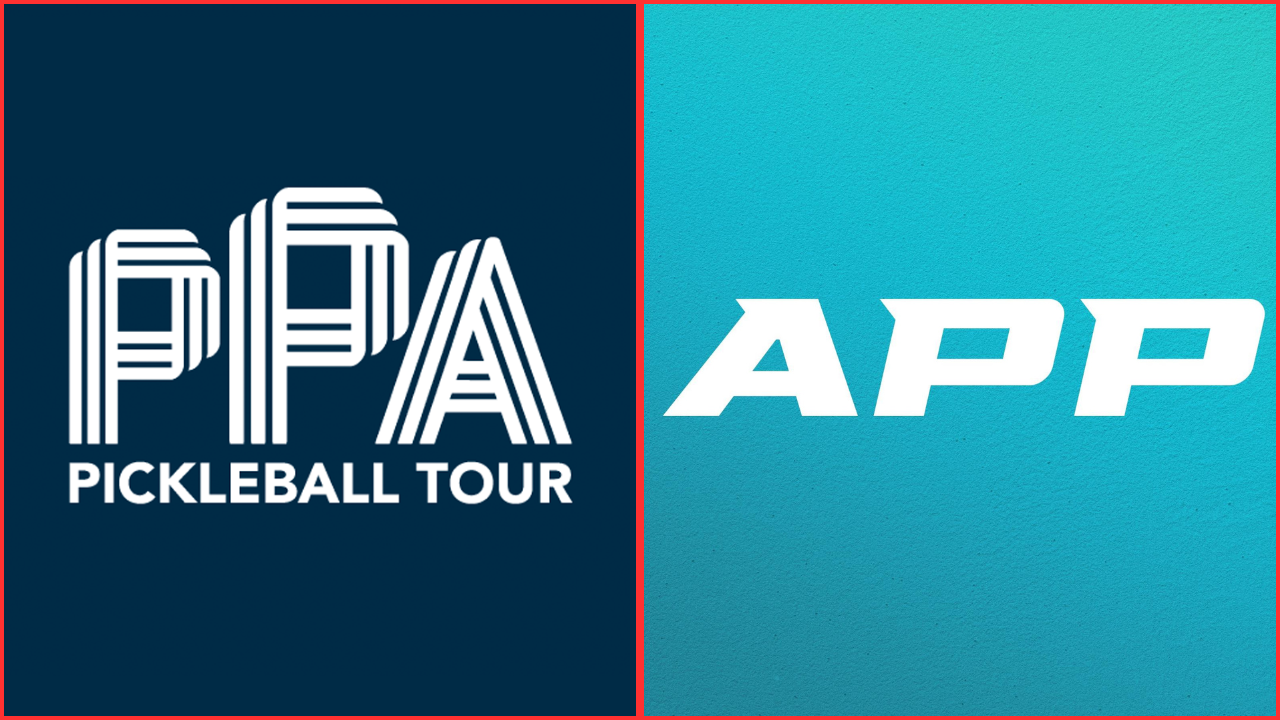How Playing Styles Differ Between PPA And APP Pros
In the world of professional pickleball, two organizations dominate the landscape: the Professional Pickleball Association (PPA) and the Association of Pickleball Players (APP). While both tours attract some of the most talented players in the sport, a closer look reveals distinct differences in how pros from each circuit approach the game.
These stylistic contrasts are not only fascinating for fans but also offer insights into how pickleball continues to evolve at the highest levels.
PPA Pros: Power, Precision, And Controlled Aggression
PPA players are often associated with a more polished, power-driven style of play. Matches on the PPA Tour tend to feature blistering speed, sharp shot-making, and relentless pressure.
Top stars like Ben Johns and Anna Leigh Waters exemplify this approach. They blend ferocious groundstrokes with pinpoint dinks, forcing opponents into errors through sheer pace and placement. Strategy is meticulously layered; players work points carefully, using setups to unleash aggressive putaways at the perfect moment.
Training environments and sponsorship resources available through the PPA have fostered a culture of high-performance professionalism. Many PPA pros fine-tune their games with private coaching, advanced analytics, and rigorous off-court training — all of which sharpen their tactical acumen and physical endurance.
In short, when you watch a PPA match, you often see a high-octane battle where the margins are razor-thin and split-second decisions define the outcome.
APP Pros: Creativity, Grit, And Strategic Adaptability
By contrast, APP pros often showcase a more varied, adaptive style of play. Players on the APP Tour tend to lean into their creativity, crafting points through a mix of traditional techniques and inventive shot selection.
Rather than relying purely on power, many APP standouts — such as Simone Jardim and Hunter Johnson — focus on strategic placement, defensive counter-punching, and disrupting rhythm. Soft hands at the net, patient resets, and clever use of spin and angles are hallmarks of their game.
The diversity of playing styles in the APP comes in part from the tour’s broader mix of veteran players, rising talents, and international competitors. Without the same level of centralized training infrastructure seen in the PPA, APP athletes often bring unique backgrounds and experiences that shape their individualized approaches to competition.
Watching APP matches feels less like a sprint and more like a chess match — where patience, adaptability, and guile are just as important as raw athleticism.
Key Areas Where The Styles Diverge
Pace of Play: PPA matches are generally faster-paced with aggressive point construction, while APP matches often feature longer rallies and strategic resets.
Net Play: Both tours emphasize net control, but PPA players tend to attack earlier and harder, whereas APP pros might set traps and extend exchanges.
Shot Variety: APP players frequently employ lobs, heavy spins, and off-speed shots to break up pace, while PPA players are more likely to dictate with power and precision.
Court Positioning: PPA pros are quicker to transition to offense, while APP players may spend more time crafting opportunities before pulling the trigger.
Why The Differences Matter
Understanding these stylistic differences adds a richer layer of appreciation for fans and aspiring players alike. It also highlights how flexible and nuanced pickleball has become at the professional level.
Neither approach is inherently superior; both PPA and APP players demonstrate elite skills, but they channel them through slightly different philosophies. These contrasting styles also ensure that every tournament, no matter the tour, brings its own flavor and unpredictability — keeping the sport dynamic and exciting.
As pickleball continues to grow worldwide, the exchange of ideas between players across both tours will only deepen the game's complexity and raise the level of competition even higher.

